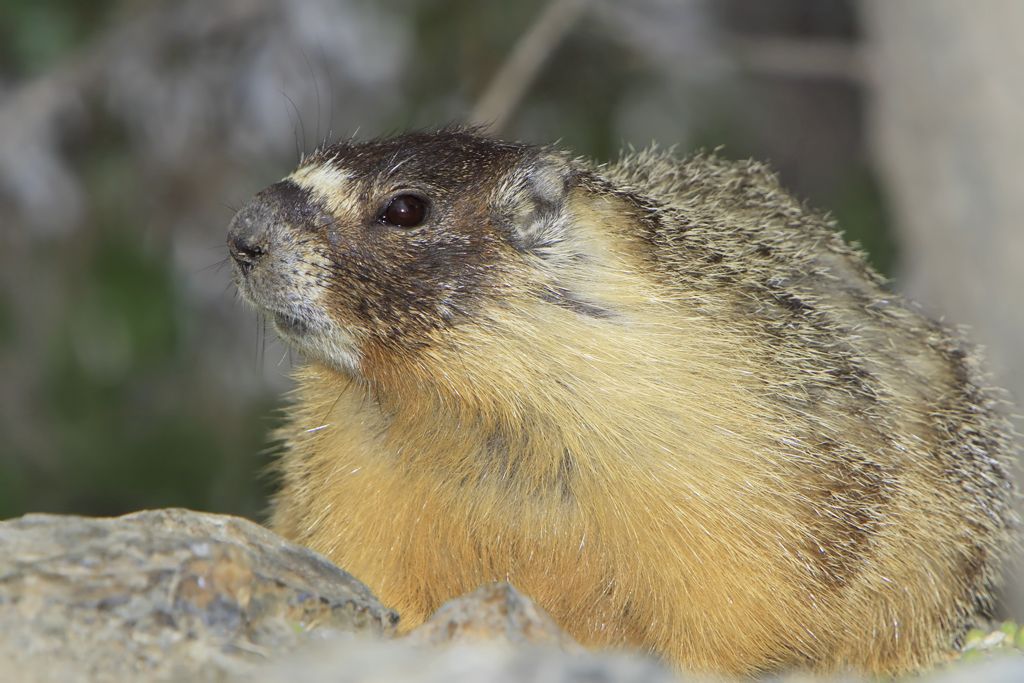James Lemon
Well-known member
The yellow-bellied marmot (Marmota flaviventris), also known as the rock chuck, is a large, stout-bodied ground squirrel in the marmot genus.[2] It is one of fourteen species of marmots, and is native to mountainous and semi-arid regions of southwestern Canada and western United States, including the Rocky Mountains, Sierra Nevada, and the Great Basin, often (but not exclusively) living above 2,000 metres (6,500 feet)[citation needed]. The fur is mainly brown, with a dark bushy tail, yellow chest and white patch between the eyes, and they weigh up to approximately 5 kilograms (11 pounds). They live in burrows in colonies of up to twenty individuals with a single dominant male. They are diurnal and feed on plant material, insects, and bird eggs. They hibernate for approximately eight months starting in September and lasting through the winter.


